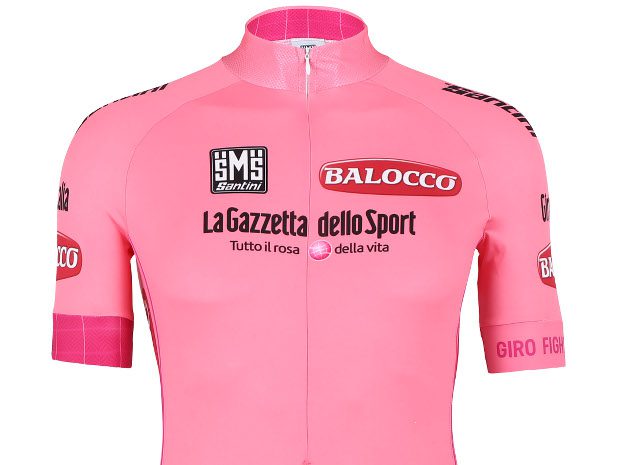2014 Giro d’Italia: Post-race analysis

On Sunday, the 97th Giro d’Italia ended with a sprint in Trieste after 24 days and more than 3,400 km. It was a thrilling, sometimes controversial race, a little tighter than 2013’s affair, though not as dramatic as the great 2012 duel between Ryder Hesjedal and Joaquim Rodriguez.
Let’s look back on the race by investigating how different nationalities fared.
The Colombians Riders from the South American nation placed one-two in the GC – the next Colombian was Sebastian Henao (Sky) in 22nd – took four stage victories and won the king of the mountains. Nairo Quintana (Movistar) was the strongest rider and deserved the final pink jersey, regardless of the controversy on the Stelvio. He becomes only the second Colombian to win a Grand Tour after Luis Herrera’s 1987 Vuelta a España triumph. Colombians have now taken 16 Grand Tour mountains competitions.
The Australians What a Giro for the Aussies: the Australian Orica-GreenEdge team won the team time trial along with two individual stages, men from Down Under took three stages and two of them wore pink. Orica’s fortunes turned abruptly midway through the race. On Stage 11, they lost previous pink wearer Michael Matthews and another rider, and the team continued to have men fall out until there were only Svein Tuft and Michael Hepburn to fly the Orica flag for the last four stages.
The Canadians Ryder Hesjedal and Svein Tuft’s Giro journeys were so different it was like seeing a photo and its negative. Tuft bookended his race with a pink jersey after Stage 1 and a fine show of élan on Sunday when he instigated two breakaways. But the middle of the Orica rider’s race was marked by the effects of the infamous crash at the foot of climb to Montecassino. Tuft was in the bottom three on GC for most of the Giro, even the maglia nera, dead last, for a couple of stages. He finished in the penultimate position.
Hesjedal, on the other hand, had a wretched first day when his Garmin-Sharp team crashed in the time trial and handicapped him with a 3:26 deficit. But then the man from Victoria, B.C., became one of the more spirited riders in the peloton, fighting and attacking to crawl up the GC daily. He was the only man who could stick with Quintana on Val Martello. But just when one thought that the leapfrogging would continue to Trieste, Hesjedal’s ascension halted on first the mountain time trial and then Monte Zoncolan. His ninth place is his third best Grand Tour result after his 2012 Giro win and sixth spot at the 2010 Tour de France.
The Italians Italians won the most stages with six. Fabio Aru (Astana) was the revelation of the race. His climbing and attacking prowess gave him a much deserved podium spot. Dominico Pozzovivo put in some good digs, but he was always part of the second echelon of Majka, Kelderman and Rolland. The Italian wild-card team Bardiani-CSF was wildly successful, with three stage wins. The third highest Italian on GC, Franco Pellizotti (Androni-Giocattoli) surprised me by showing some moxie, Basso looked old and Cunego was practically invisible.
The French On the surface Nacer Bouhanni (FDJ) looked to have all the Gallic glory to himself, with three wins and the red jersey. But Pierre Rolland (Europcar), often attacking with Hesjedal, rode with a lot of pluck. French squad Ag2r won the team competition by a wide margin, putting three men in the top 16. One of those three was the surprising Alexis Vuillermoz, the young Frenchman coming 11th in only his second Grand Tour. Bouhanni’s teammate Alexandre Geniez came 13th and their FDJ helmets were the best in the peloton.
The Croats Well, there was just one, Robert Kiserlovski, who became Trek’s main GC man after Julian Arredondo lost heaps of time behind the Montecassino crash. Arredondo was free to attack 2 km from summits for the rest of the race to win the mountains competition while Kiserlovski nailed down the Mr. Consistency award. From the eighth stage onward, the Croat national champion was either in ninth (three days) or 10th place (nine days). On Sunday, the final gap back to Vuillermoz in 11th was nearly nine minutes. Kiserlovski was 10th in the 2010 Giro as well.
